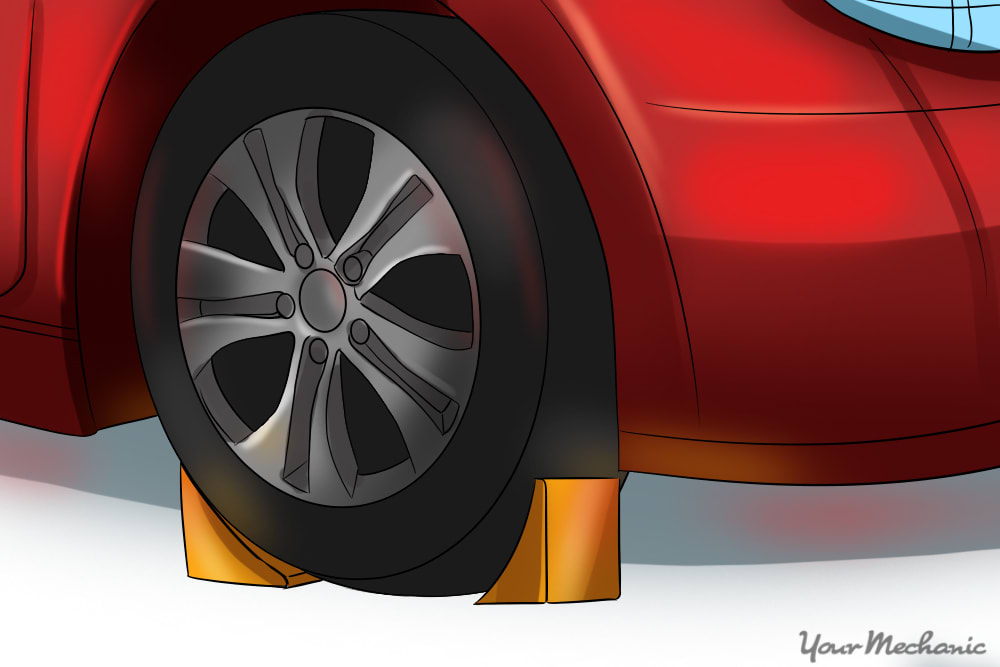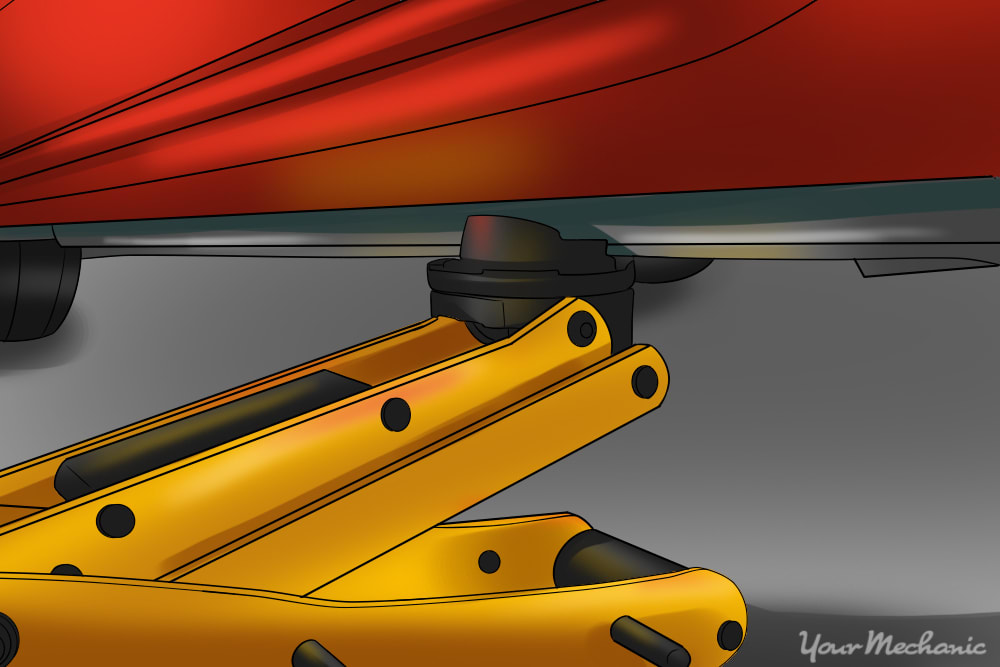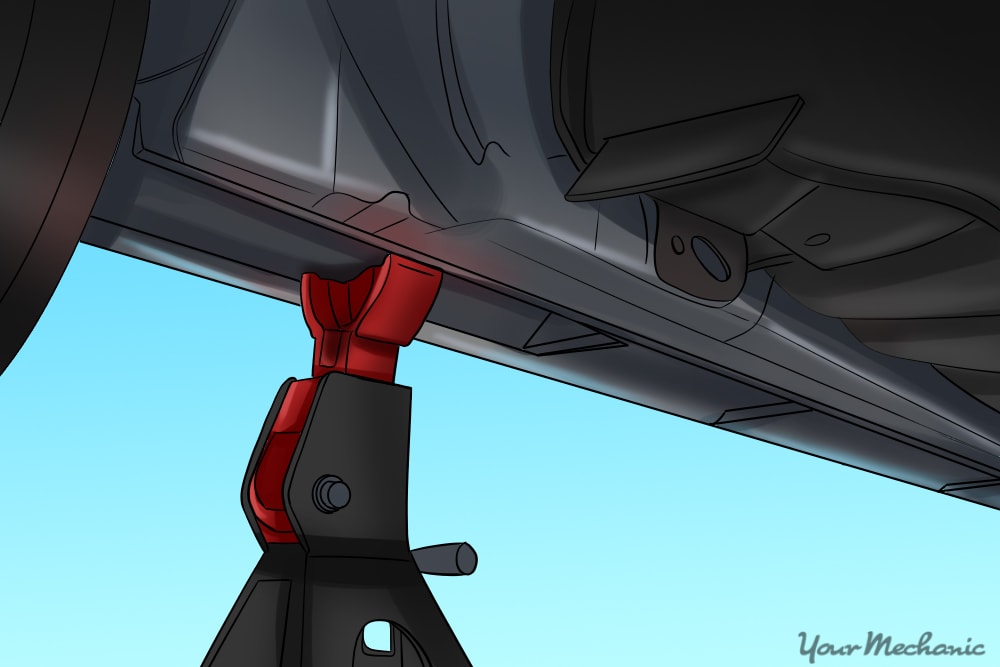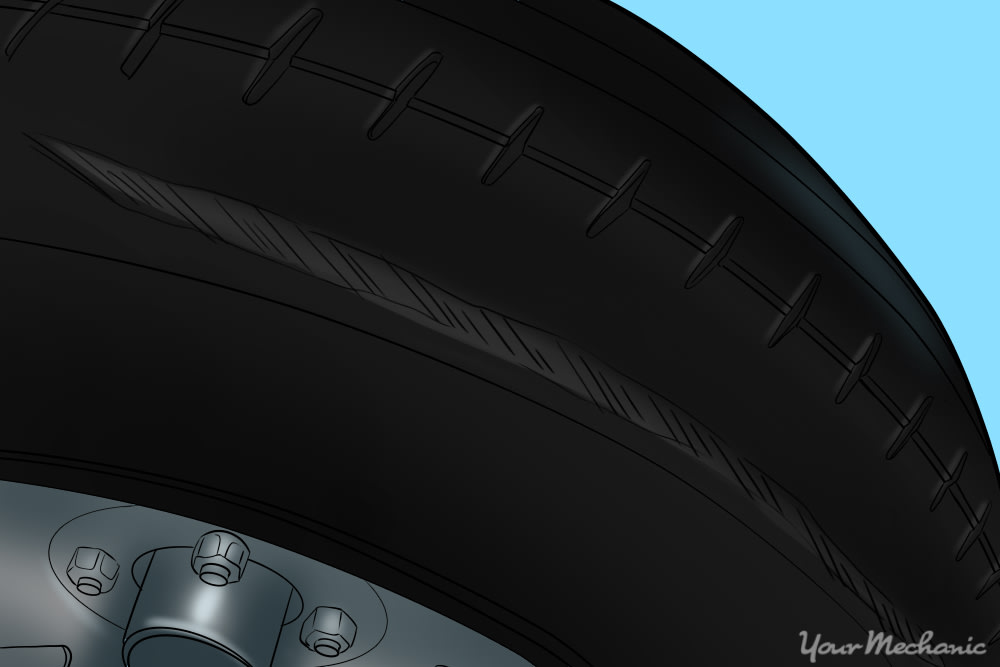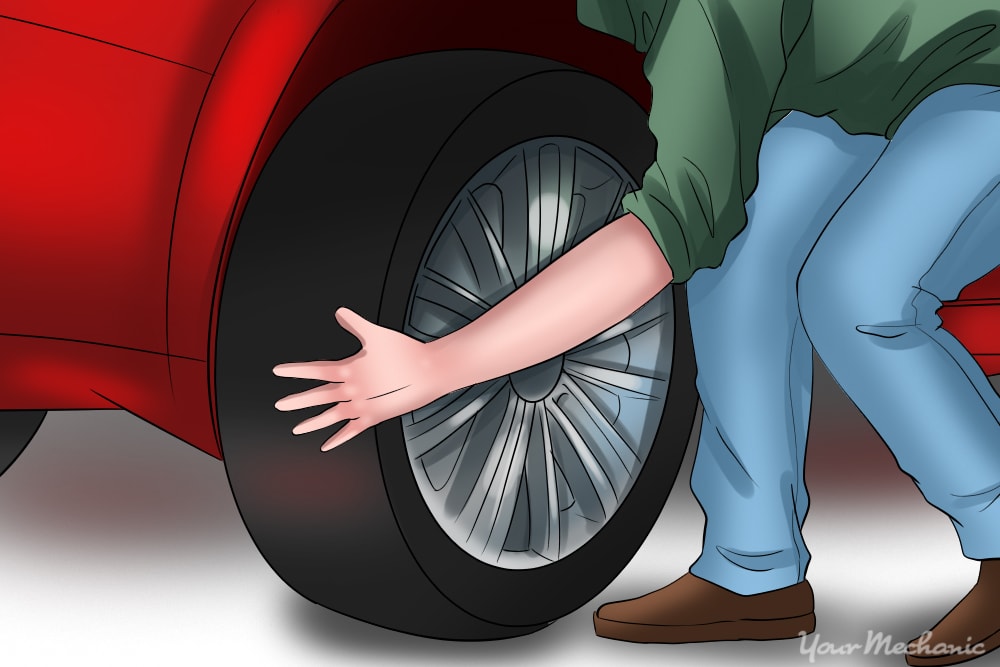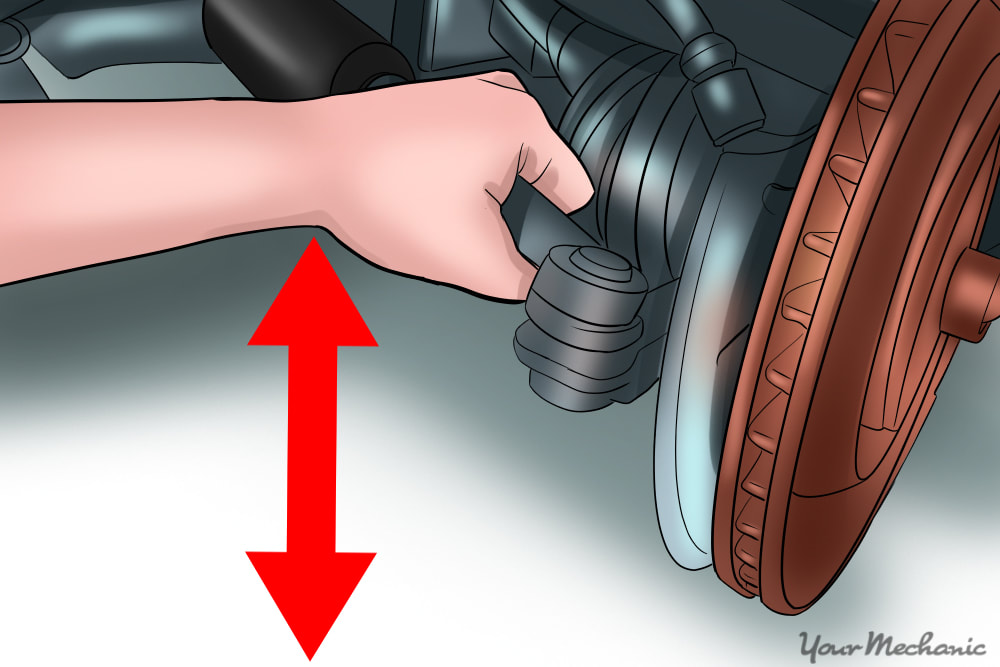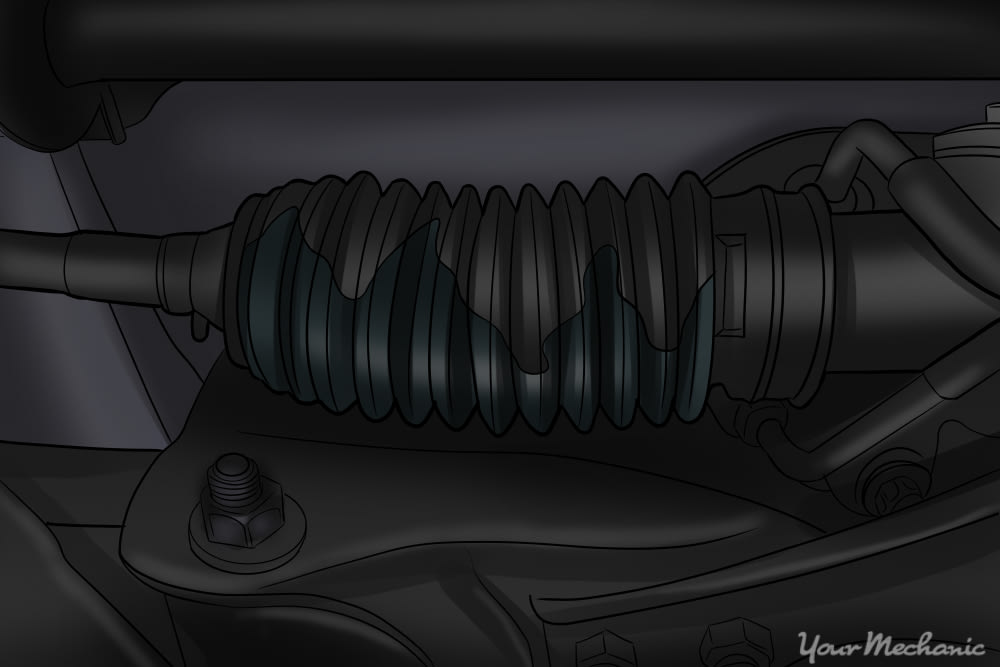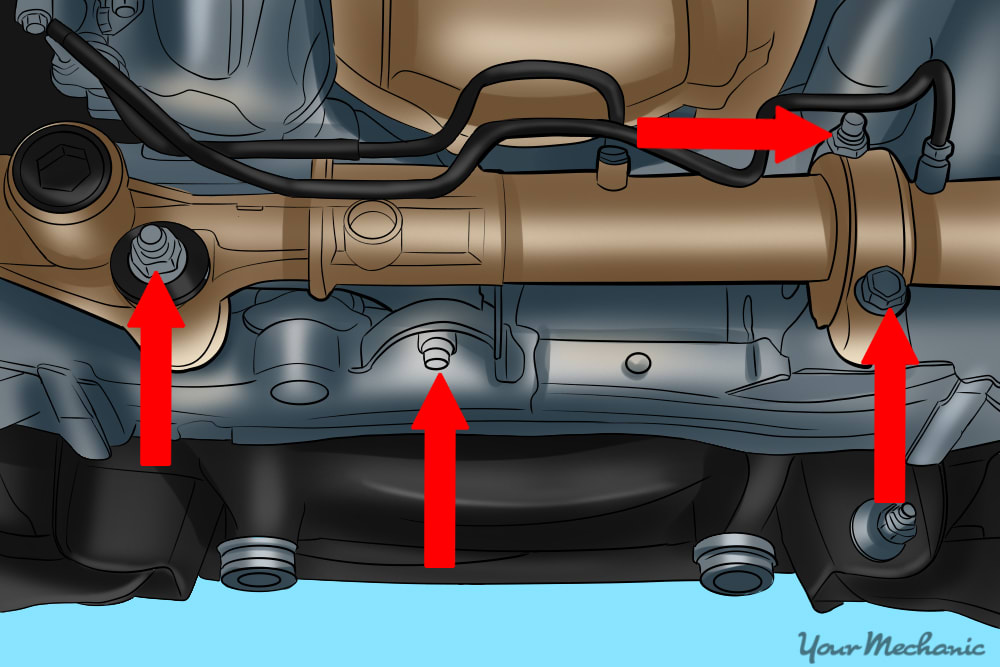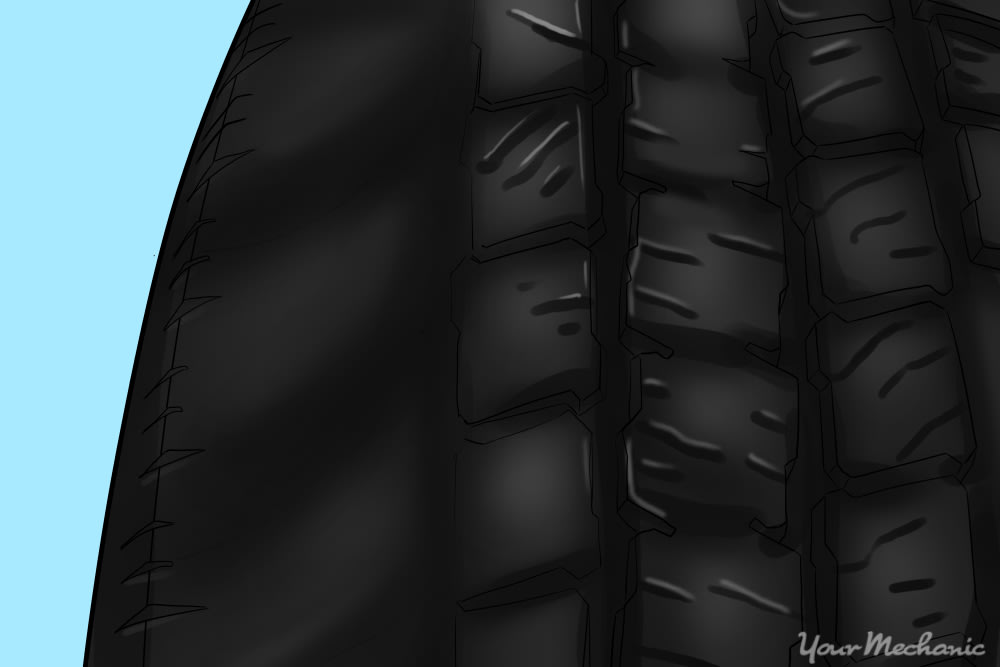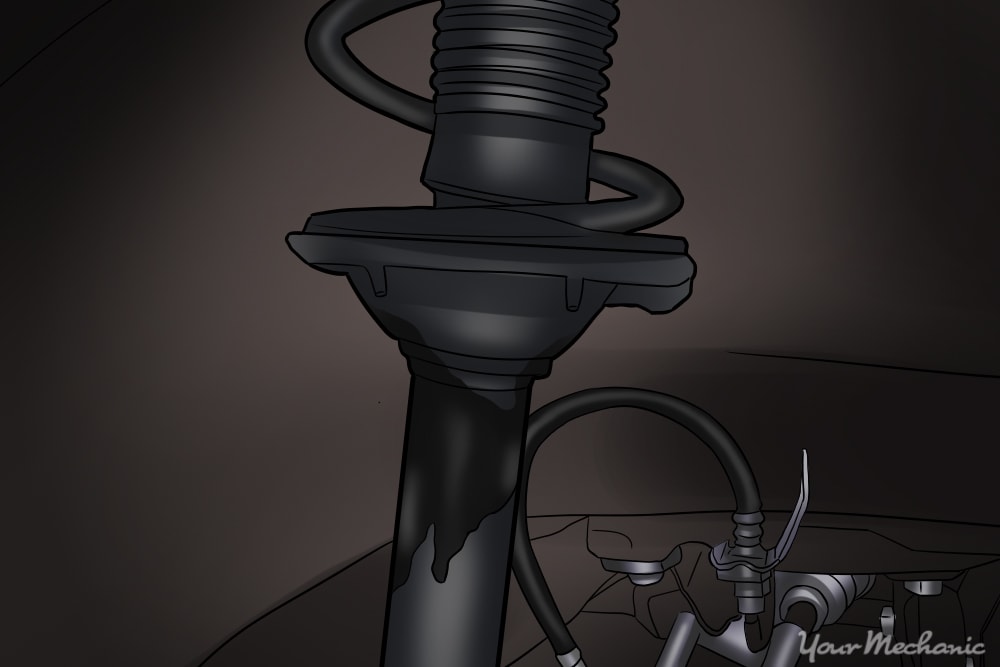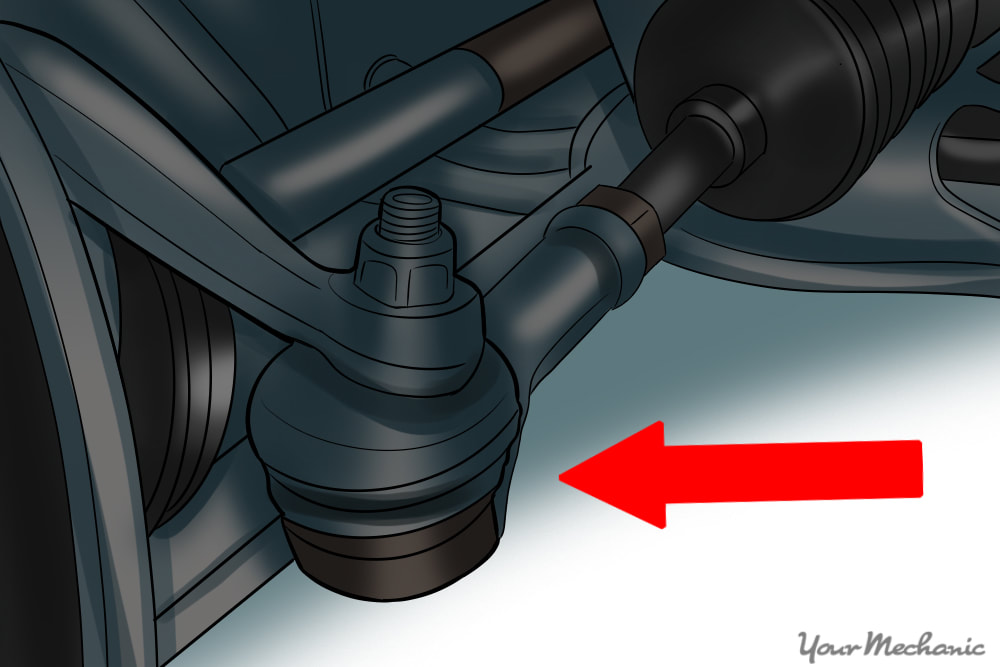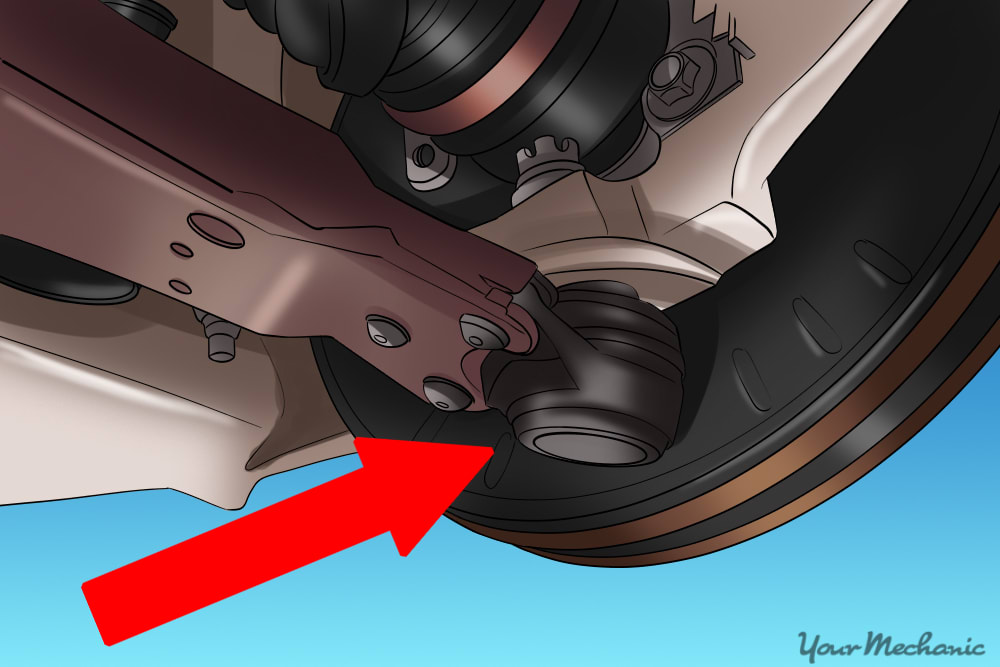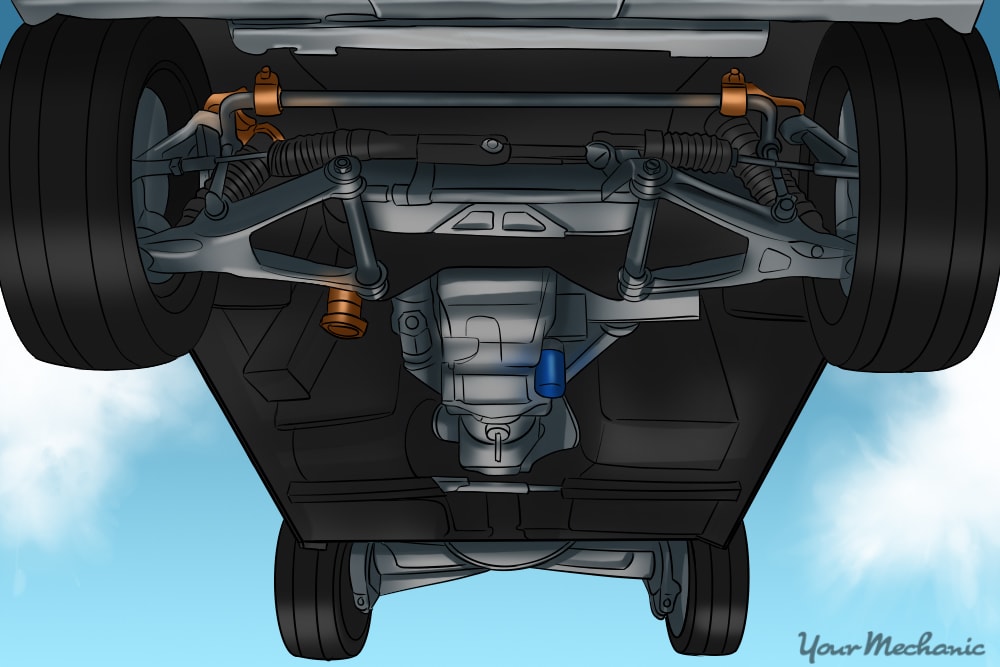

If you have worn out components on your front end assembly, it can cause a number of issues with your car. Depending on the vehicle, your front end assembly may include tie rod ends, idler arms, pitman arms, a rack and pinion, ball joints, and shocks or struts. There are also a number of other parts that can fail.
You may start to feel a difference in the way your vehicle handles, or you may notice some tire wear issues or noises that weren't there before. Any of these can be unnerving and can cause you to stress a little about what it is going to cost to repair your vehicle.
Knowing what parts to look at, and what signs to look for, can assist you in repairing your vehicle yourself - or at the very least, it can keep you from being taken advantage of by a shop.
Part 1 of 3: What components make up the front end assembly
The front end assembly on your vehicle consists of two primary areas, the steering and the suspension. The steering assembly is used to do just that - steer the vehicle - while the suspension allows the vehicle to absorb the imperfections in the road, and makes the vehicle comfortable.
Steering. The steering typically consists of a steering gear. This can be a steering gear box or a rack and pinion assembly. This is connected mechanically to the steering wheel by way of a steering shaft, which typically does not need replacement. The steering gear is then connected to the steering knuckles with tie rod ends.
Suspension. Though suspension systems will vary, most will consist of wear items such as bushings, ball joints, control arms or track bars, and shock or struts.
Part 2 of 3: Inspecting and repairing the steering system
Prior to checking the steering assembly you will need to get the front of the vehicle off of the ground.
Materials Needed
Step 1: Park your vehicle on a hard and level surface. Apply the parking brake.
Step 2: Place the wheel chocks around the rear tires.
Step 3: Lift the front of the vehicle. Using the hydraulic floor jack lift the vehicle from the vehicles specified jacking point.
Step 4: Rest the vehicle on the jack stands. Place the jack stands under the body pinch welds and lower the vehicle onto them.
Once the front tires are off the ground, you can proceed with inspecting the steering assembly.
Step 5: Inspect the tires: Tire wear is the first inspection that can be done to see if there is a front end problem.
If the front tires show uneven shoulder wear, that may indicate a worn-out front end component - or an alignment issue.
Step 6: Check for looseness: After inspecting the tires you will need to see if there is any free play in the front end.
Grab the front tire with your hand in the three o'clock and nine o'clock positions. Attempt to shake the tire side to side. If there is no movement found, then there should be no problems with the tie rod ends.
Step 7: Check the tie rod ends: Your tie rod ends are built with a ball in a joint assembly. Over time the ball wears the joint, which causes excessive movement.
Grab the tie rod assembly and pull it up and down. A good tie rod will have no movement. If it has any play in it, then it needs to be replaced.
Step 8: Inspect the rack and pinion: The rack and pinion needs to be inspected for leakage and worn out bushings.
If it is leaking from the boots on the ends of the rack and pinion, then it will need to be replaced.
The mounting bushings need to be checked for cracking or missing parts. If any damaged components are found, you will have to replace the mounting bushings.
Once you are finished inspecting the steering components, you can move on to inspecting the suspension parts while the vehicle is still in the air.
Part 3 of 3: Inspecting and repairing the suspension
With the vehicle still in the air you will be able to inspect the majority of the front suspension parts.
Step 1: Inspect the tires: When inspecting the front tires for suspension wear you primarily want to look for cupped tire wear.
Cupped tire wear looks like high and low spots on the tire. This indicates that the tire is bouncing up and down while going down the road. Most of the time this indicates a worn out shock or strut, but it can also indicate a worn out ball joint.
Step 2: Checking for looseness: Place your hands on the tire at the twelve o’clock and six o’clock position. While grabbing the tire, push and pull on the tire and feel for free play.
If the tire is tight and does not move, then the suspension may be fine. If there is movement, then you need to inspect each individual suspension part.
Step 3: Check the struts/shocks: Prior to putting the vehicle on jack stands, you can do a bounce test of the vehicle. This is done by pushing up and down on the front or the rear of the vehicle until you get it to start bouncing.
Stop pushing on the vehicle and count how many more times it bounces before it comes to a stop. If it stops within two bounces then the shocks or struts are fine. If it continues to bounce then they need to be replaced.
Once the vehicle is in the air they can be visually checked. If they show any signs of leakage then they need to be replaced.
Step 4: Check the ball joints: The ball joints are pivot points for the steering knuckle which allow the suspension to turn with the steering. It is a ball built into a joint that wears out over time.
To inspect it, you will need to place a bar between the bottom of the tire and the ground. Have an assistant pull up and down on the bar while you watch the ball joint. If there is play in the joint, or if the ball appears to pop in and out of the joint, then it needs to be replaced.
Step 5: Check the bushings: The bushings that are located on the control arms and the track bars are typically made of rubber. Over time, these rubber bushings will fail as they start to crack and deteriorate.
These bushings need to be visually inspected for cracking, stretching, missing parts and oil saturation. If any of these are occurring then the bushings need to be replaced.
In some cases the bushings can be replaced and in others it is better to replace the entire arm with the bushings.
After you fully inspect the steering and suspension parts on your vehicle, it will need a wheel alignment. A proper wheel alignment needs to be done on a computerized wheel alignment machine in order to get all of the angles into specifications. It is also important that this inspection be done regularly, or at least once a year. If this seems like a daunting task to you, you can get assistance from a certified mechanic, like one from YourMechanic, who can come to your home or office to inspect your front end.



